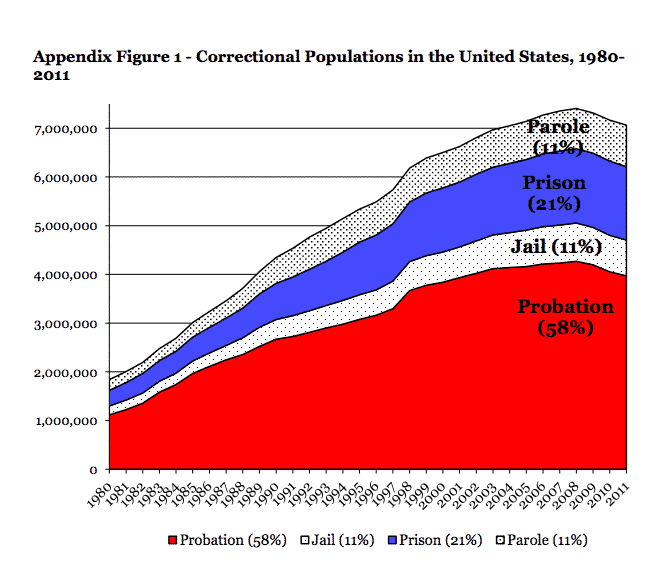Perry G. Mehrling over at his website:
One of the most fascinating things about the technologist view of the world is their deep suspicion (even fear) of credit of any kind. They appreciate all too well the extent to which modern society is constructed as a web of interconnected and overlapping promises to pay, and they don’t like it one bit. (One of my interests these days is “Financialization and its Discontents”, and I dare say that the discontent of the technologists is as deep as that of the most committed Polanyian, but of a completely opposite sort.) Fiat money is untrustworthy enough, promises to pay fiat money are doubly untrustworthy. One way around the problem would be to require full collateralization of all such promises, maybe even using so-called “smart contract” technology to ensure that promised payments are made automatically, basically an equity-based rather than debt-based system. In effect, we have here a version of Henry Simons’ Good Financial Society, but with peer-to-peer cryptocurrency taking the place of his 100% reserve money. Simons was of course responding to the global credit collapse of the Great Depression; the cryptos are responding instead to the more recent global financial crisis.
I view all of this through the lens of the money view, which places banking at the center of attention, views banking as fundamentally a swap of IOUs, and views money as nothing more than the highest form of credit. It is view developed not so much around a philosophical ideal but rather as a way of making sense of the operation of the world as it actually exists, outside the window as it were. In that world, the payment system is essentially a credit system, in which offsetting promises to pay clear with only very minimal use of money. And prices arise from the activity of profit-seeking dealers who absorb fluctuations in demand and supply by standing ready to take any excess onto their own balance sheet, relying on credit markets to fund the resulting inventory fluctuations. One can imagine automating a lot of that activity–and blockchain technology may well be useful for that task–but one cannot imagine eliminating the credit element. Credit is not a bug, but a feature.
More here.



